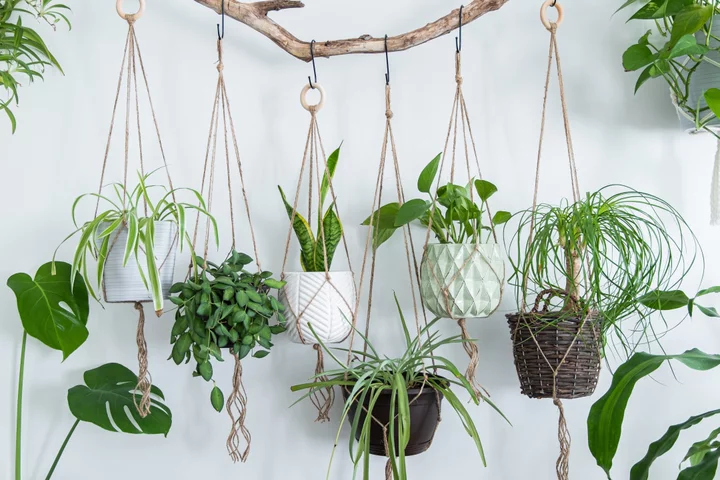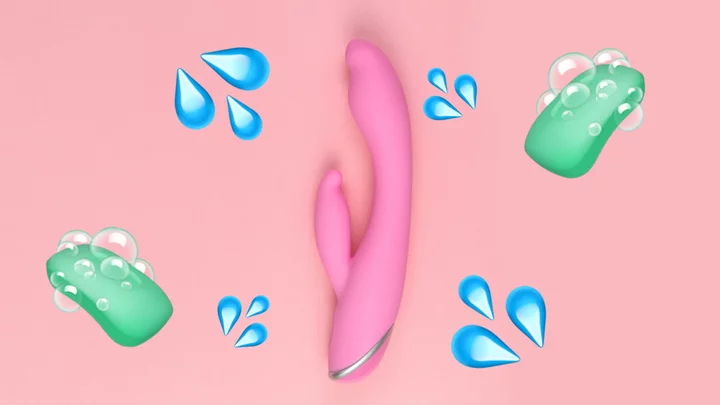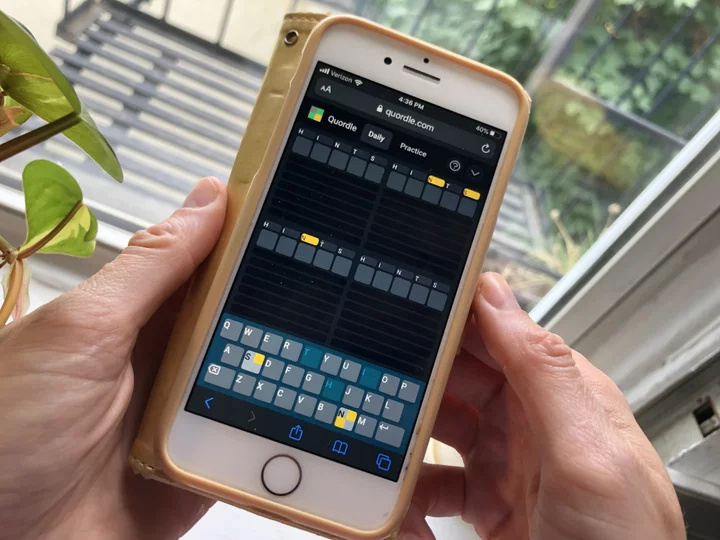It's every houseplant lover's worst nightmare. You're cosied up on the sofa with a blanket and cuppa and you glance over to admire your favourite leafy companion, only to see it looking the worse for wear. The dreaded droop or limp lacklustre leaves is enough to send us into a tizz. But fret not: All might not be lost.
Before you start tearing your hair out, take a minute to assess the damage and, crucially, what might be at the root of the problem.
So, what are your first steps? What should you look out for? What is your plant trying to tell you? Mashable spoke to gardening experts about the telltale signs to look out for and how to remedy them in a bid to help nurse your plant back to good health.
Right, who's first? Credit: Shutterstock / maramoroszWatering too much? Not enough?
How much (or how little) water to give your plant is a very fine balance to strike.
Plant expert, broadcaster and author of multiple gardening books, Sarah Raven, says this should be the first thing you look at.
"First check that the plant isn’t dried out or sitting in water," says Raven, who runs a houseplant shop on her website. "If it’s very dry, stand it in a sink of water to rehydrate. If it’s soggy, ensure drainage is ok and hold off watering until the compost begins to dry out."
What are others signs to look out for that might let you know if your plant is a bit parched or totally drenched?
Alice Vincent, author of Rootbound and creator of Instagram account @noughticulture gave Mashable a few pointers: "Leaves looking limp? Touch the soil, is it dry? It needs more water! Is it wet? You've watered too much, let it dry out."
If there's white mould on the soil or rotting plant near the base, there's not enough drainage or you might be over-watering, says Vincent. "Let the soil dry out, make sure the pot has drainage and let the water run off when you water. Only water when the top two inches of soil have dried out," she adds.
Too much light? Too little?
Location is everything. Raven advises checking the spot your plant is sitting in and make sure it's not being scorched by sun or sitting in deep shade. "Position away from cold draughts or very warm radiators," she says. "Fluctuations between the two in winter can be stressful for plants. If grown in a room where radiators are frequently on, the air can become dry. To combat drying, you can spritz leaves weekly with water using a fine mister."
Richard Cheshire, plant doctor at Patch Plants, says "scorched leaves and brown, sporadic spots signify too much sunlight, whereas pale yellow or white leaves mean your plant needs more sunlight." All you need to do is move your plant to the shade, or to the sunlight, depending on what it requires.
Vincent says that fading of leaves or markings on leafage might be a sign of too much direct light for your plant.
Has your plant gone mouldy?
Mould on anything isn't typically a good sign (with the exception of a really smelly cheese, perhaps). So, should you be alarmed if you spot mould on the soil surrounding your plant?
Cheshire says "sometimes you might spot white mould on your plant’s soil, or even fully grown mushrooms. The mould is harmless, but it might indicate that your plant is being overwatered or not draining properly." He advises removing the mould and making sure the plant's soil gets a chance to dry out between waterings. "Although not harmful, the mushrooms aren't edible. It’s best to remove them and replace the top few inches of soil if you’ve got any spare potting compost," he adds.
SEE ALSO: 10 best 'gardenfluencers' to follow for beginnersAre the leaves a weird colour?
Crisping leaves with dry brown bits on them? Vincent says this could signal "a lack of hydration in the air or too much heat and humidity in the air. Particularly bad if it's near a radiator. Move it away from heat sources, mist, or use a diffuser," she says.
What if the leaves change colour? Well, according to Cheshire, this is perfectly normal for seasonal plants, but if your plant should not be dropping leaves, then it could be a sign that something's not right. "When a plant is moved to a new space it needs to adjust to the new temperature and light levels and the stress might cause it to shed leaves," says Cheshire. "If this is your case just be patient. Otherwise, there are two common causes for changes in the colour of your plant's leaves. The first is related to light exposure and the second to water quantity."
If your plant has very dry, brown leaves, it's a simple case of under-watering. Just water it more often — a very easy fix!
Are roots poking out of the soil?
Plants need room to grow.
Cheshire says it's pretty easy to spot the signs of a rootbound plant because the roots will either poke out of the top of the soil or out of the pot's drainage holes. "Overgrown roots can also result in the plant's older foliage dropping and slowed plant growth," says Cheshire. "Repotting your plant in a bigger vase will solve this problem."
Webs, bumps, or spots on your plants?
These are all signs of plant bugs. First of all, move the infested plant away from its neighbouring plants to prevent the bugs spreading.
"How to get rid of the bugs depends on the type. You can start by wiping away all the bugs you see and closely monitoring the plant," says Cheshire. "It is also a good idea to explore some natural pesticide options like neem oil. Be sure to dilute the solution with water and mild soap following the pack instruction for quantities and spray or wipe your plant with the solution. You need to repeat the neem oil treatment once a week for at least three weeks, to ensure all the pest is gone."
Hopefully now you've got to the bottom of your houseplant woes, you can get back to enjoying your green-leaved companions.
This article was originally published in 2021 and republished in 2023.
Featured Video For You You don't have to water your houseplants individually anymore








